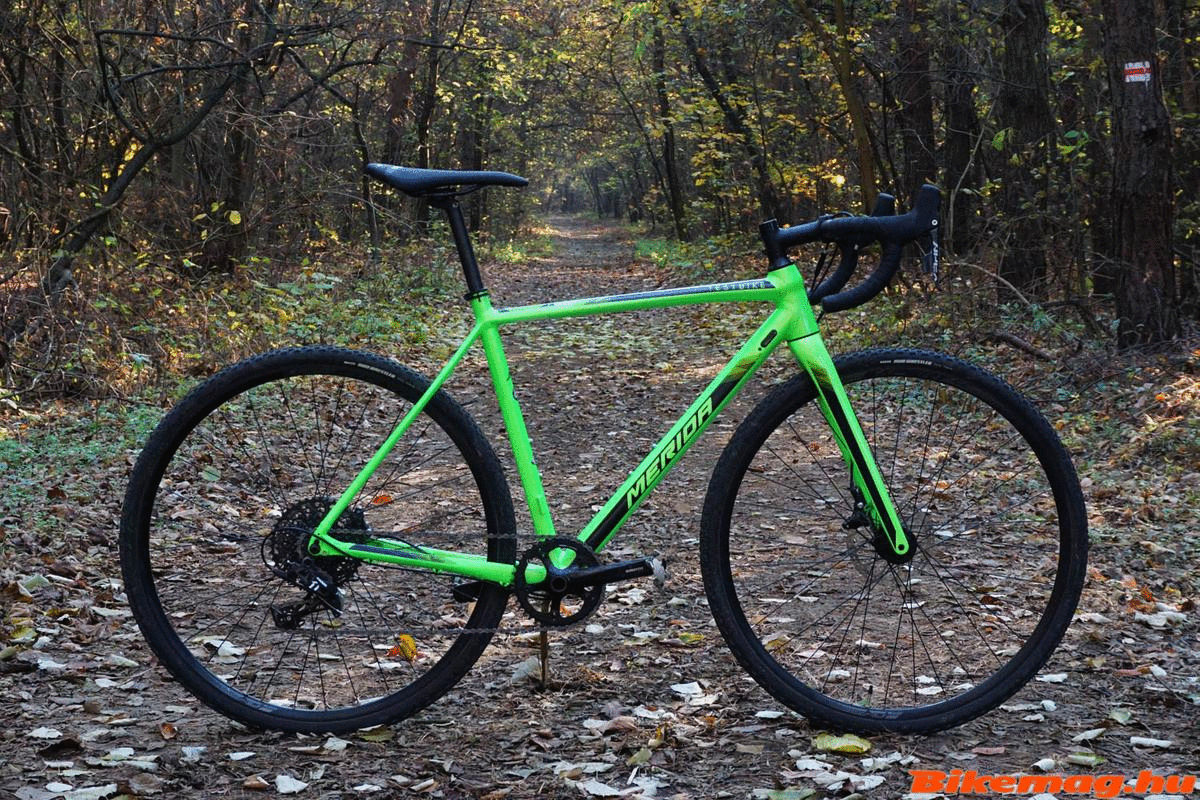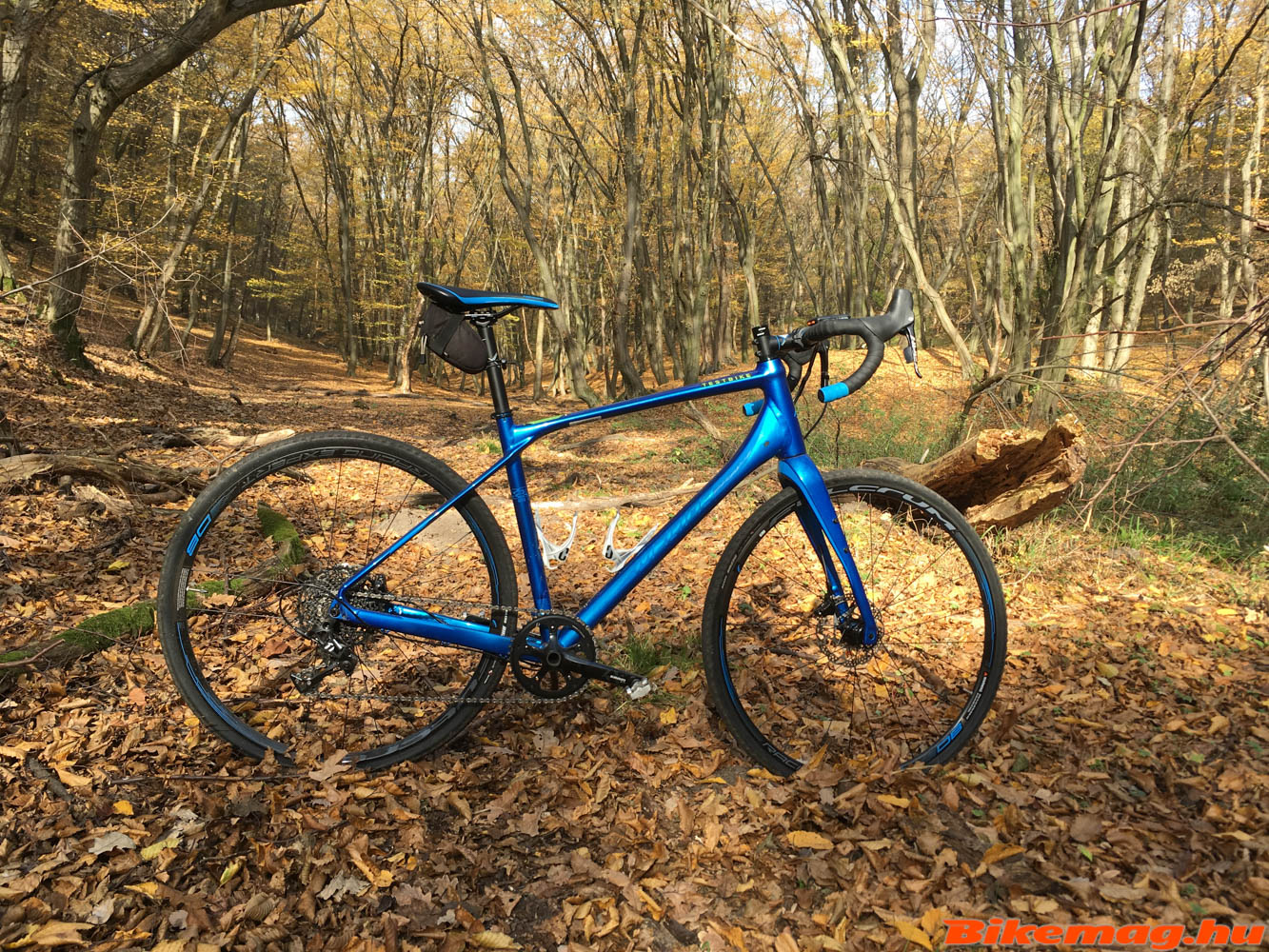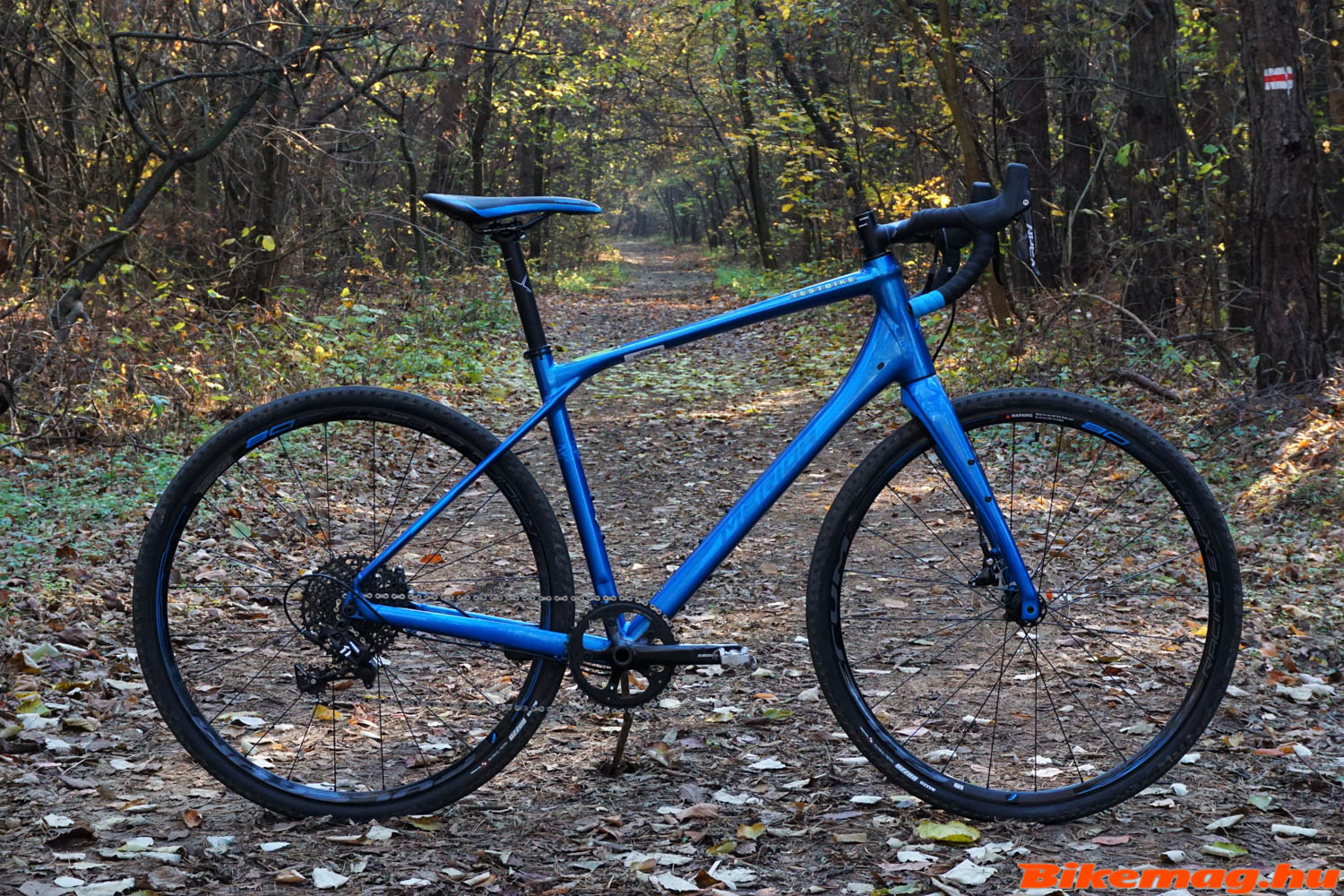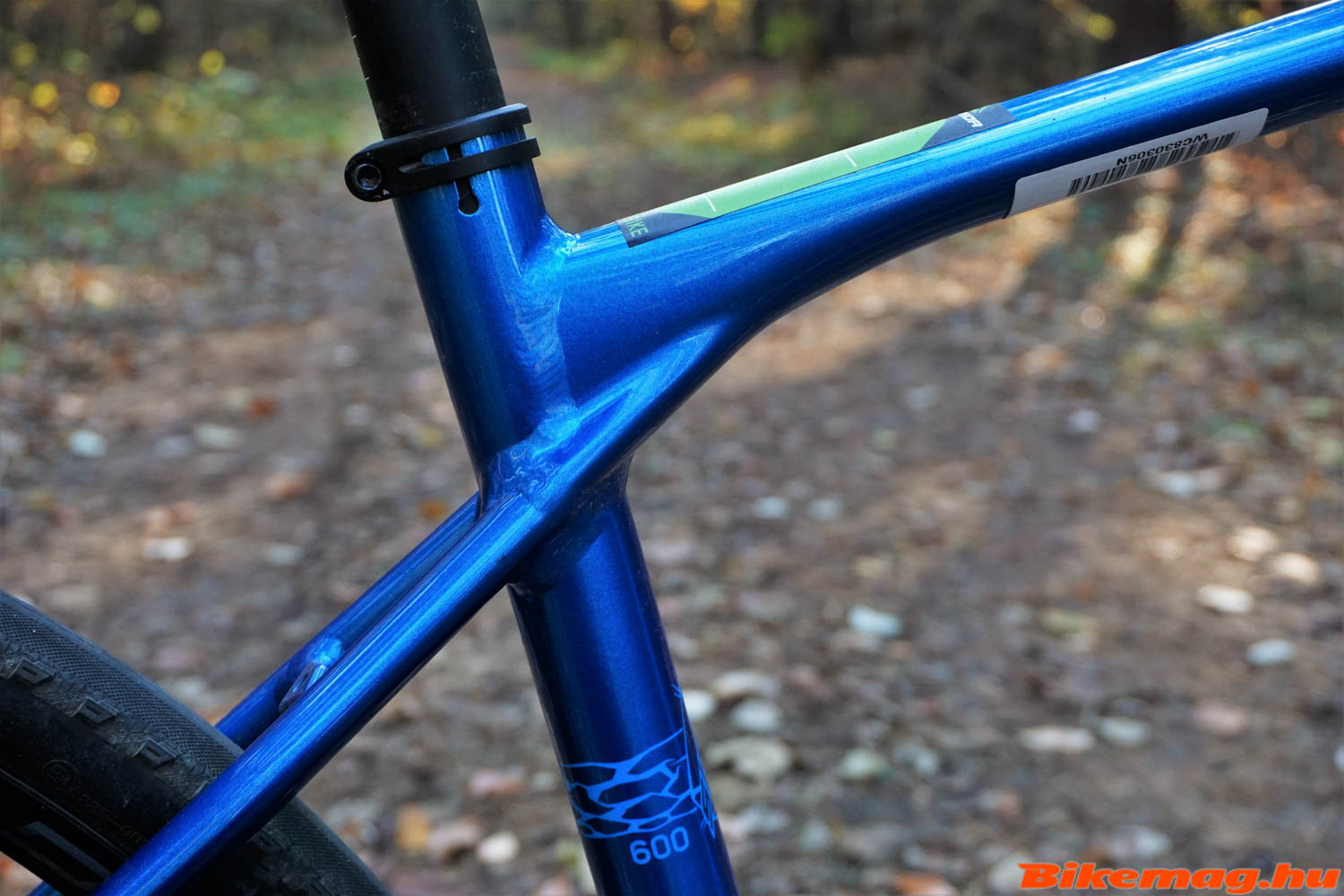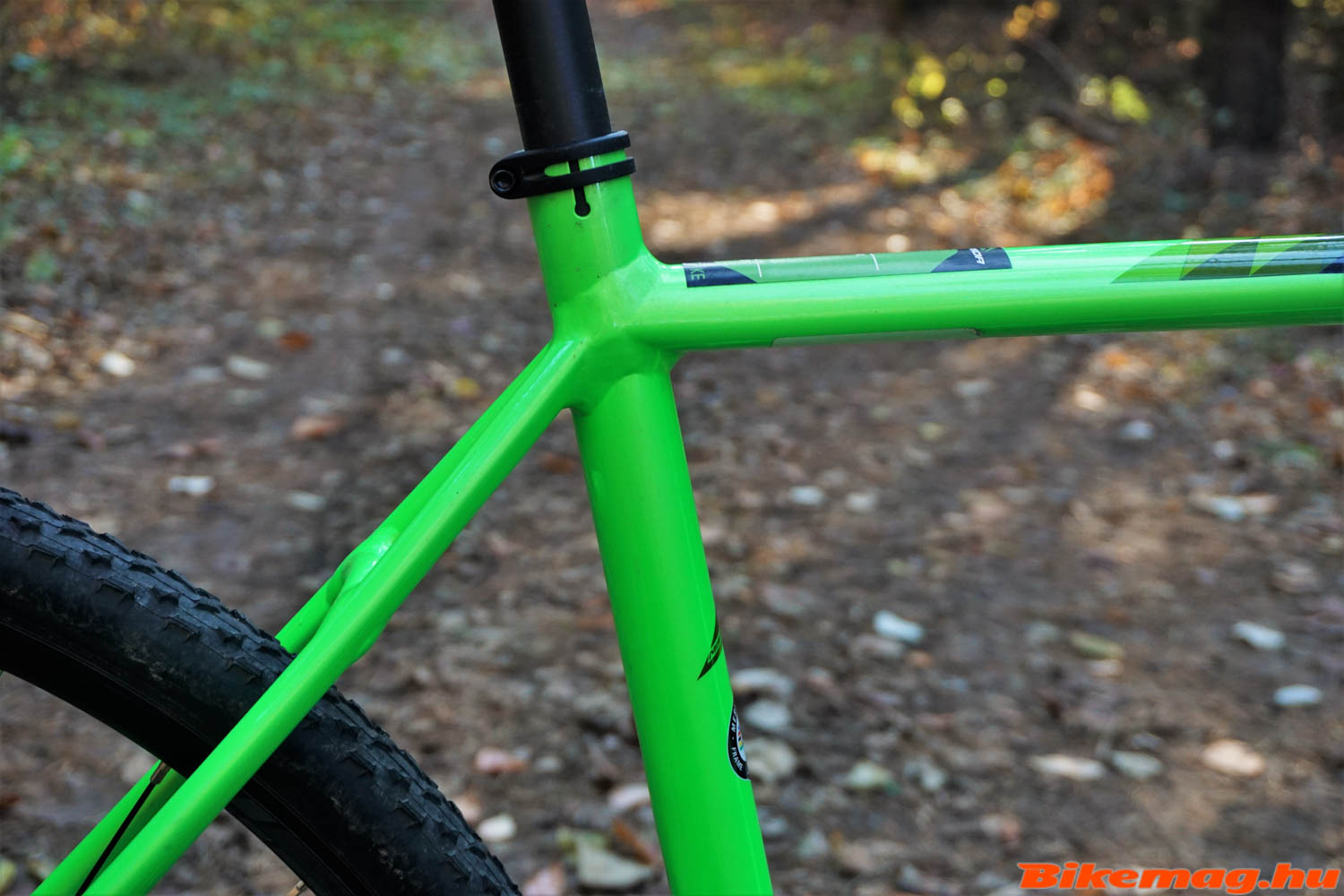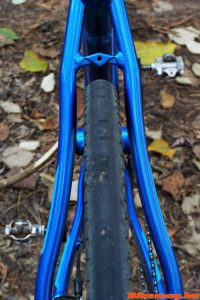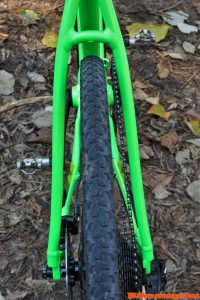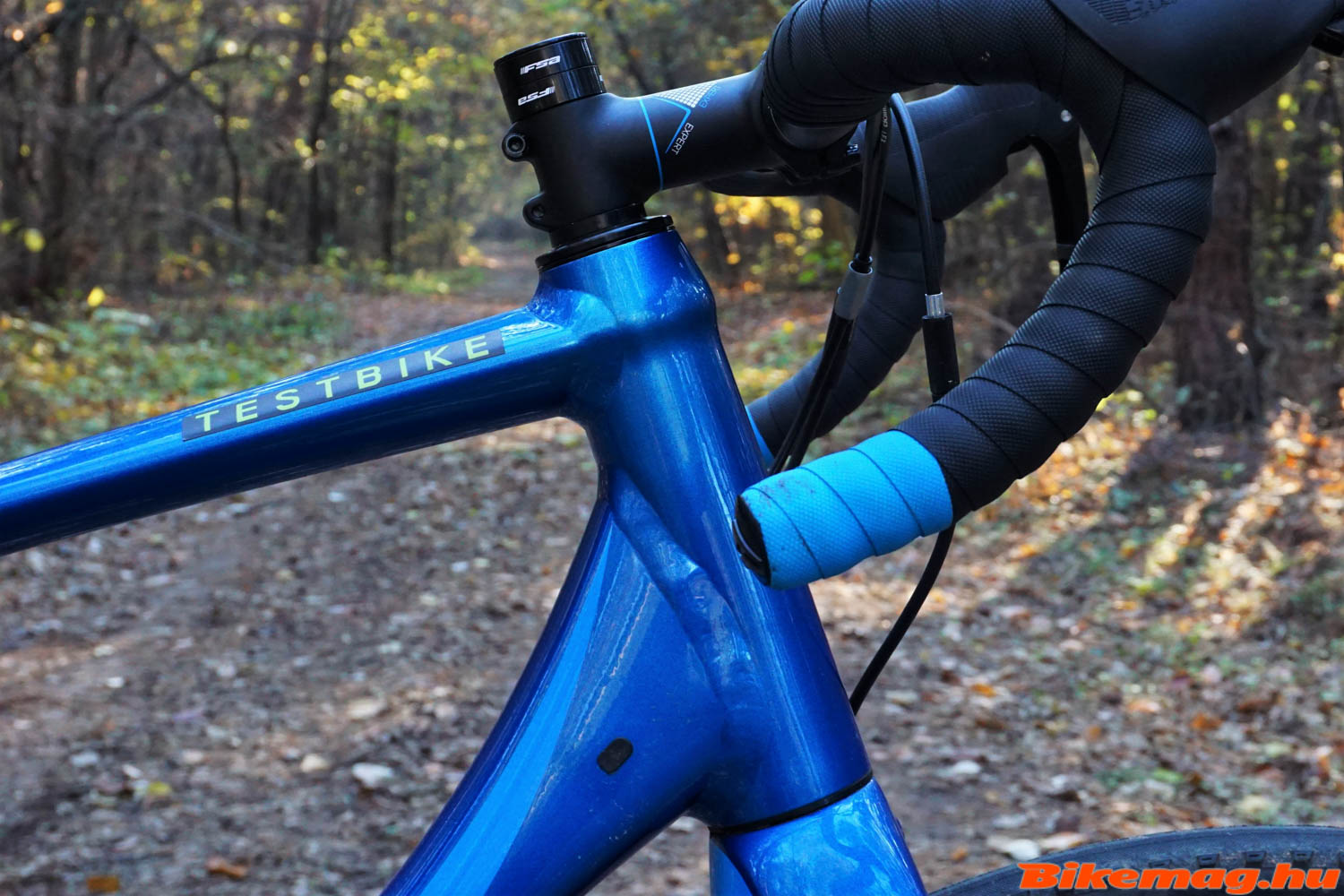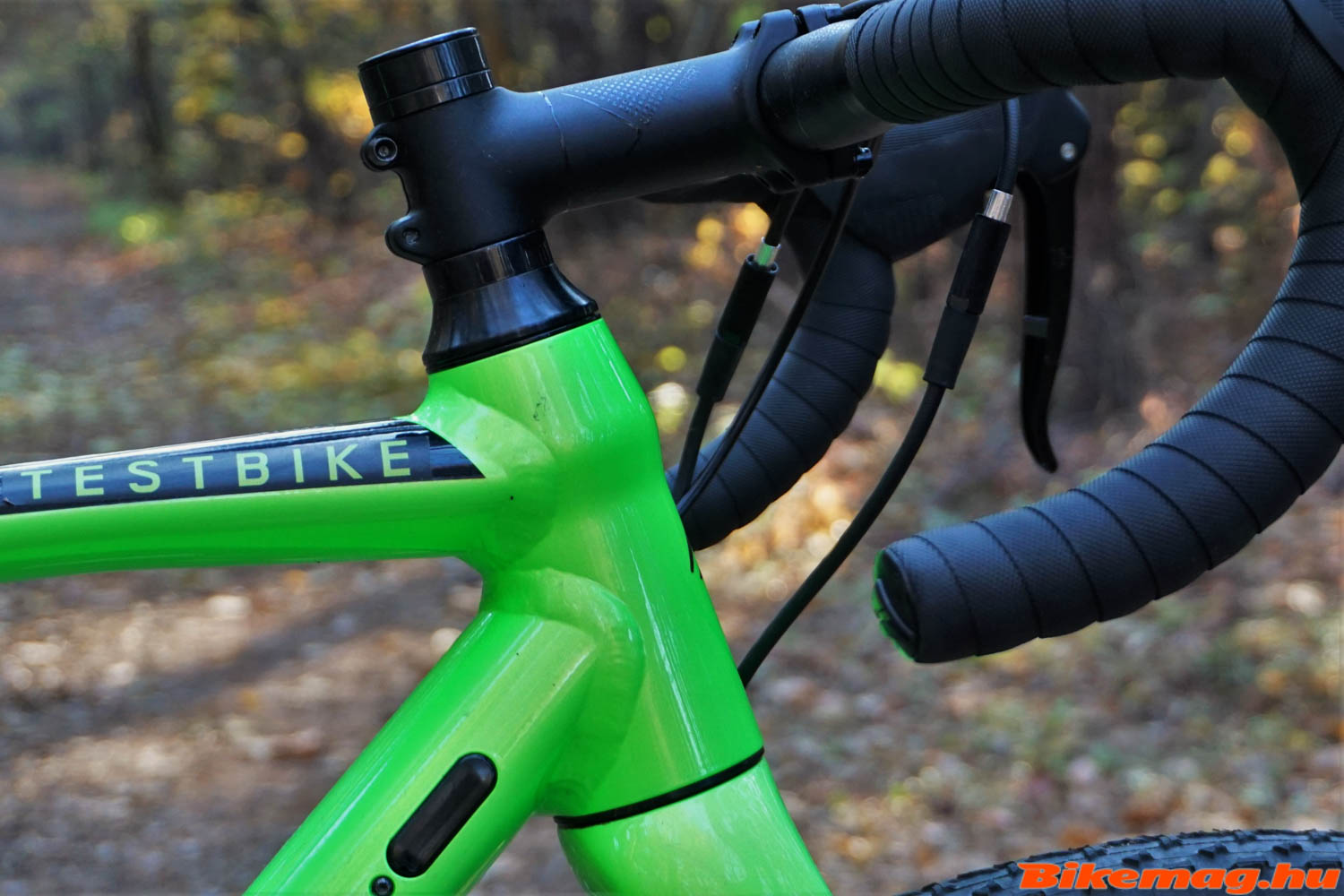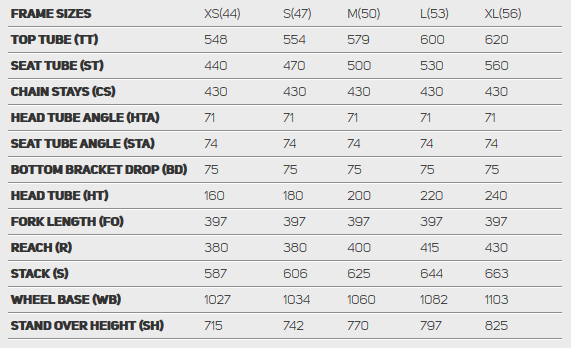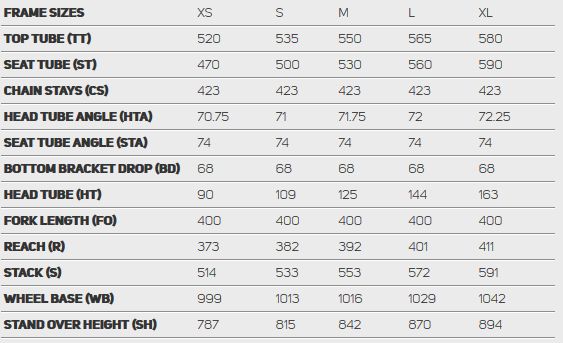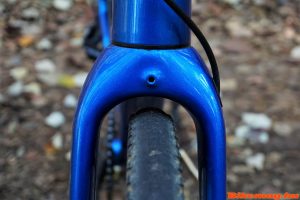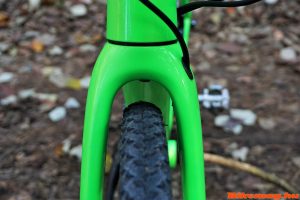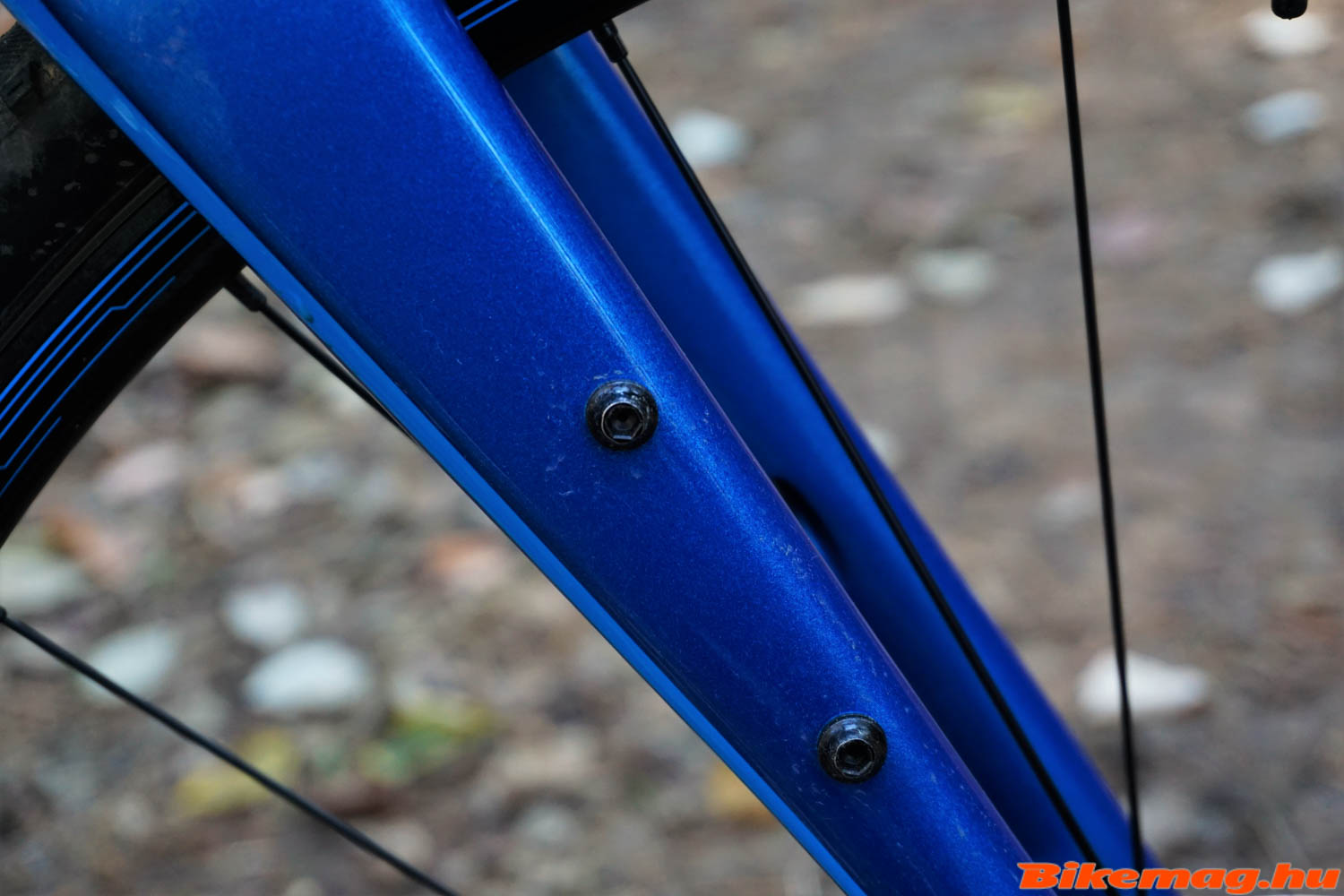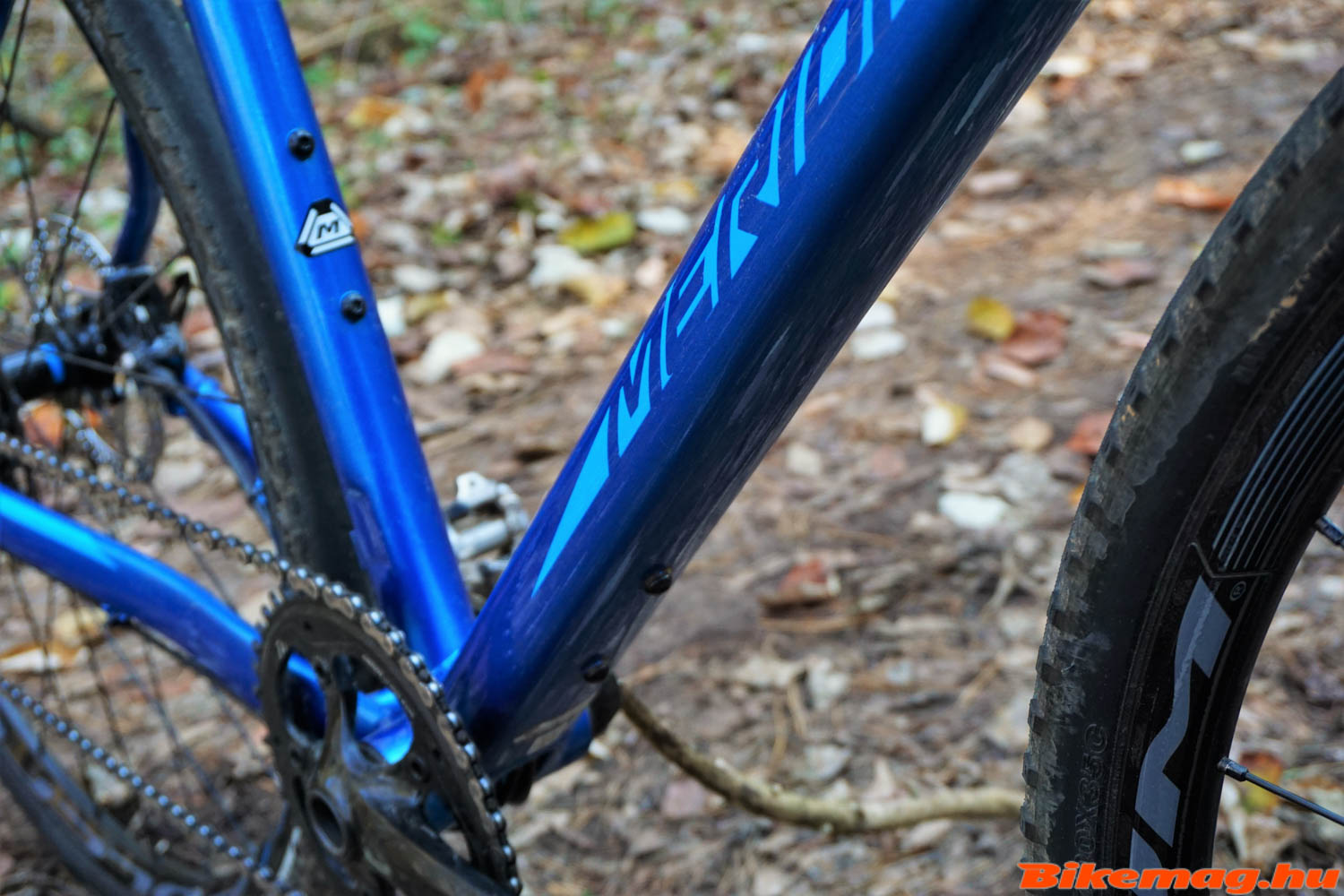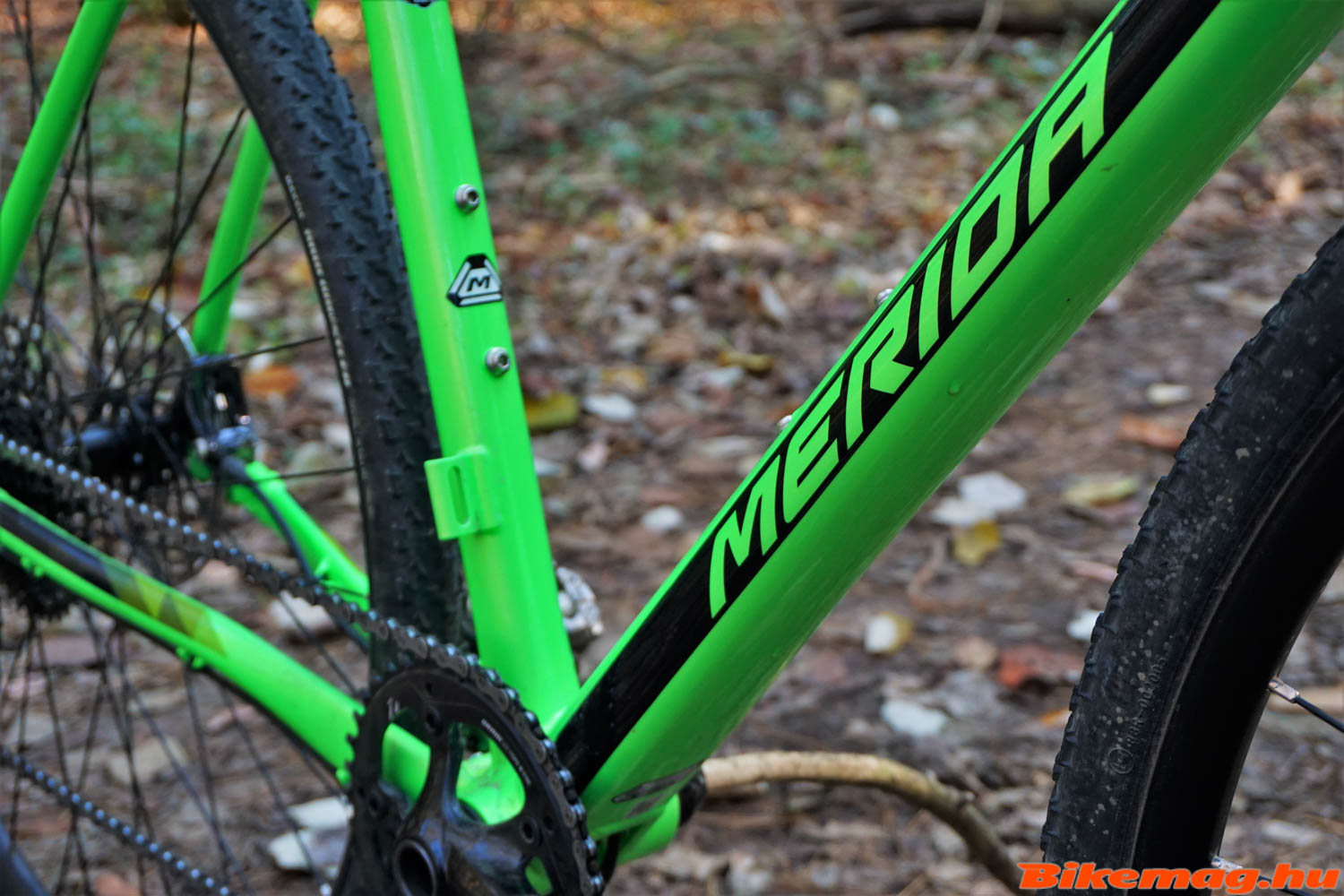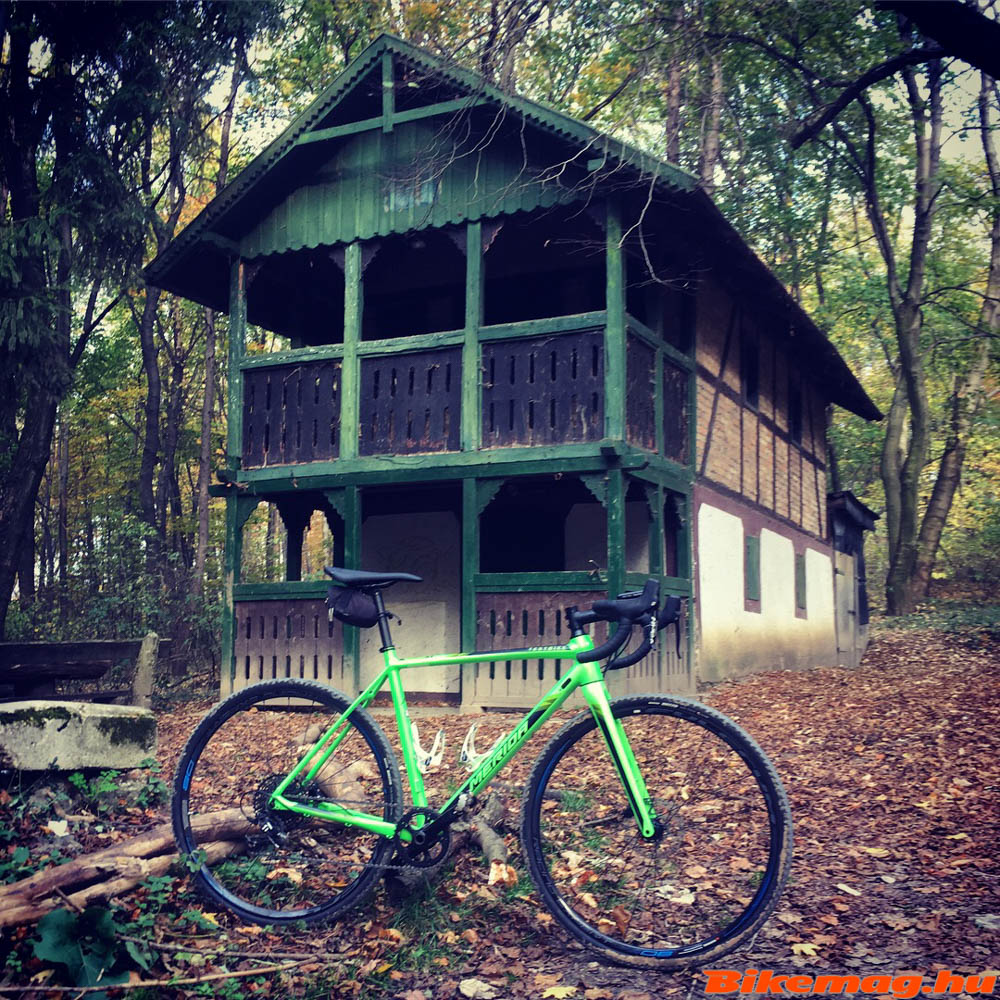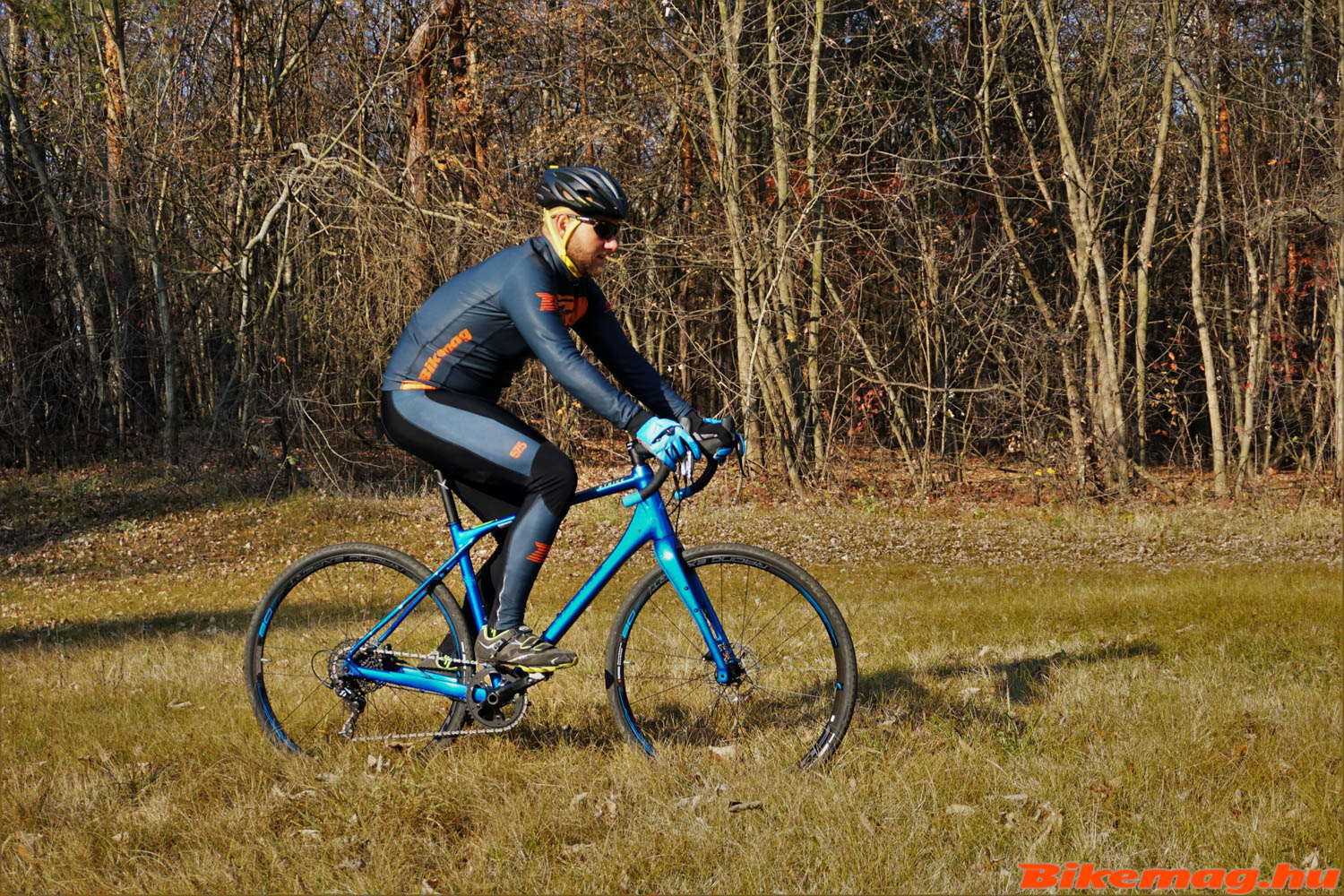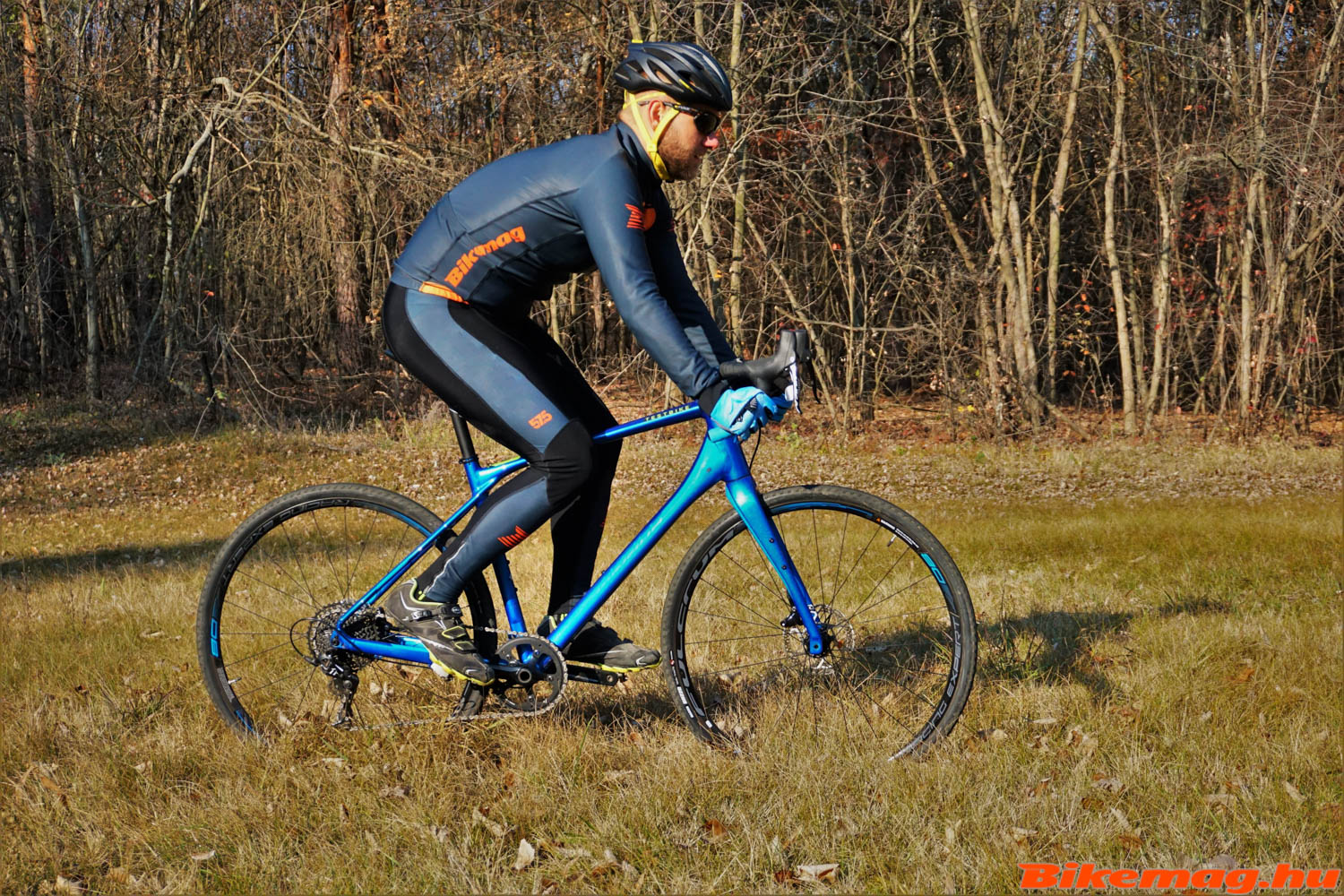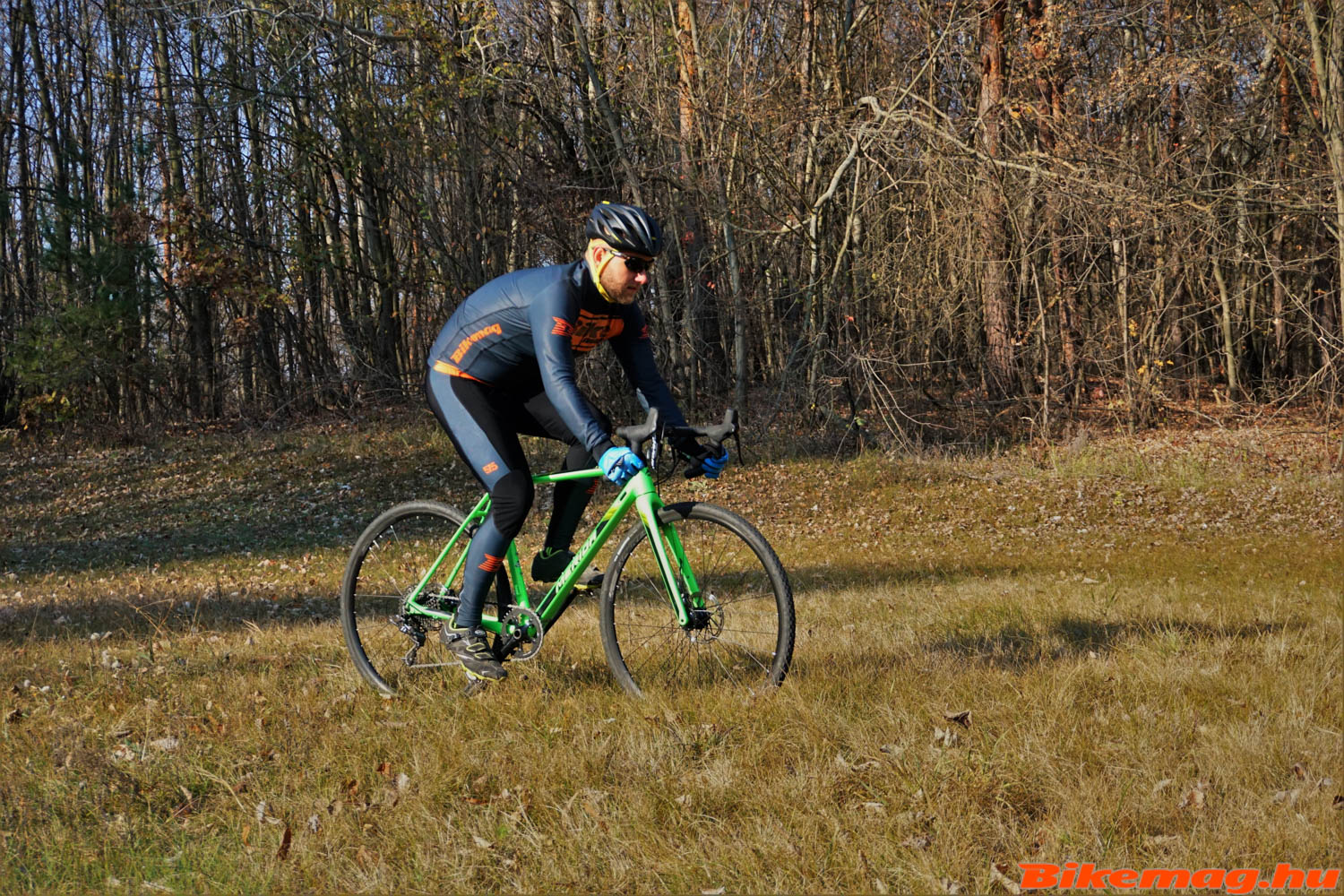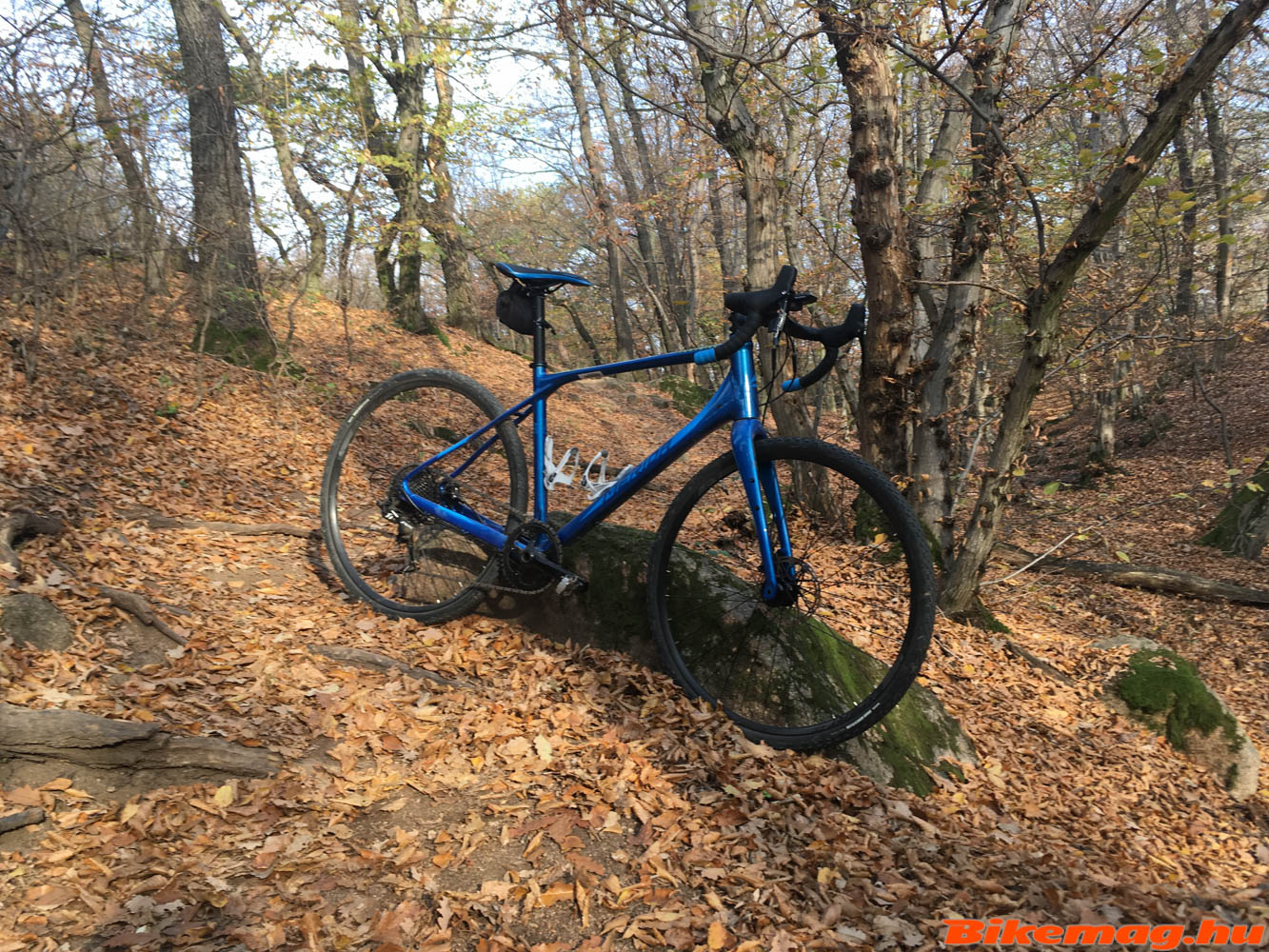Gravel vs. Cyclocross. Both have a similar handlebar setup, narrow knobby tires and hydraulic disc brakes. From far away, they look quite similar. Which is better for gravel, dirt and mud? Can one do all kinds of terrain? Which is more suitable for competitive riders, and which makes a better touring bike? This article will attempt to answer all these questions and more!
The rise of the so-called gravel bikes started a few years back. We’re still not sure whether the initiative was from the riders or the industry. There might have been a demand from cyclists overseas who are surrounded by an abundance of gravel-covered farm roads while the main roads and highways are crowded, and cyclist are generally not greeted with open arms. The gravel bike scene has since taken the market by storm: it become one of the most popular segments of cycling, both as a recreational and a competitive activity. (Incidentally this variety of cycling is not a recent phenomenon, such bikes existed in the past, but manufacturers usually put them into the road touring bicycle category. On the other hand, today’s gravel bikes as far more technically advanced, featuring hydraulic disc brakes, carbon technology and high-end shifting systems.)
Due to the drop bar setup combined with narrow knobby tires, many cyclists are confused about the exact differences of these two rather distinctive categories. Even experts sometimes have trouble discerning which of the two they are dealing with. In addition, there are a number of manufacturers who seem to offer both gravel and cyclocross bikes in their lineup, but – probably due to cost-effectiveness or laziness – they share the same frame design. So one of the two is not true to its origins, or maybe neither, if the design is a “bad mélange”. In fact there is a marked difference between the two “genres”. Although they might look similar at first glance, the frame geometry always gives which one we’re dealing with. In this article, we’d like to demonstrate the exact differences between these two bike types, list their design objectives, and define the area where each type of the bicycle would perform the best (and worst). We tried both types side by side in various conditions, on different terrain and with a slightly modified setup. So now we are able to answer the big question: how a gravel and a cyclocross bikes compare?
These days, almost all major manufacturers list both gravel and cyclocross models in their bike range, but then again – in our smallish domestic market – there are very few brands who offer both kinds more or less with the same equipment configuration. And only one brand was willing lend us two such bikes to support this project. Unsurprisingly it was Merida, which embraces the lesser Hungarian bike market just like those of the largest of countries worldwide. Thanks to them, we’ll be able to provide you with not only a full test and review of both a gravel and cyclocross bike from the same price category, but also to carry out a side-by-side comparison concentrating primarily on the specific design features, rather than the exact model in question. As a side note, Merida offers the possibility of bike testing to everyone, and by joining us as a partner in this gravel vs. cyclocross project, the allowed a prolonged test period for their new Silex 600 gravel and the Mission CX cyclocross model taken directly from the same test fleet found at the Merida Concept Store.
I was familiar of the design goals for both these bikes, I knew the key differences between Silex and Mission CX in theory, but spending more time on them in various conditions and somewhat altered component setup provided me with way more information about the ride experience. I tested both bikes thoroughly: taking them on typical cyclocross, gravel, road and MTB terrain in order to provide the reader with an objective and informative opinion.
But first let’s start with the theory! Gravel bikes – such as Merida Silex – were originally created to allow road cyclist to venture off road. By taking out the constraint of sticking only to tarmac roads, the gravel bike allows the rider discover and experience the joys and challenges of dirt and forestry roads. If, for example, you are riding in the Alps on a hard surface road and see that it continues in a gravel road further up the mountain, riding aboard a gravel bike, you have no reason to turn back when the asphalt runs out.
Another main feature of gravel bikes is the ability to take luggage in the form of special bike bags. The attachment points for luggage racks (both front and back), along with fork-mounted bags are generally provided. This allows the owner to go bike touring, on shorter ventures as well as on multi-day trips. The frame geometry of gravel bikes is also tailored to facilitate the so-called “bike packing” function.
The third main feature is their capacity to deal with more challenging off-road terrain, riding trails which you would normally cover on your hardtail MTB XC rig. The frame geometry reflects this trait, it generally accepts wider tires and has the added mud clearance. So we might as well categorize the gravel bike as a drop bar trekking bicycle, allowing relatively fast progress on main roads and on various – but not extremely challenging – off-road terrain. Since the gravel bike is not primarily intended for racing – though there is a growing number of organized gravel races (gravel grinders) overseas -, rather for recreation and enjoyment, hence comfort and stability for the backbone of the design objectives.
Cyclocross bikes, such as Merida Mission CX, are generally optimized for racing, or at least competitive riding. I presume there is no reason to tell the reader what this sport is about. In order to ride successfully in a cyclocross race, you need an efficient and rigid bike with fast steering. Comfort is not a primary concern, as races are rarely longer than an hour – and cold temperatures at wintertime are not contusive to longer rides.
The GIF animation following the opening paragraph serves to demonstrate the differences between Silex and Mission CX, so now it’s time compare them!
The seat post length and design can greatly influence comfort. Obviously a shorter frame tube necessitates more seat post extension, which will flex more due to functioning as a large lever. The Silex in size M has a 50 cm seat tube length, while this figure for the Mission CX is 53 cm. In addition, the place where the top tube and the seat stay attaches to the seat tube is lower on the Silex, further increasing the leverage in the seat post. This adds to the comfort – albeit with a slight degradation in drive efficiency.
- hajlított támvillák
- egyenes támvillák
Let’s stay at the back of the bicycle and look at the rear stays. It is obvious that the Silex features an S-bend in the rear triangle, while Mission CX’s tubes are dead straight. The curved stays provide better protection from vibration coming from the terrain. Impacts are somewhat muted as well, but a rigid structure can only go a certain way in this regard. Along with the rear triangle tube design, the Silex has 430 mm long chain stays while the Mission CX measures 7 mm less. This feature also tends to improve shock absorption thereby enhancing comfort and flexibility. The rear end length also has an effect on bike control, making the Silex more stable in handling. I have to add that these are nuances, the difference in steering and comfort are not day and night between these two bikes. Similar difference in comfort can be achieved by lowering the tire pressure, or installing slightly wider tires.
- hosszú fejcső rövid kormányszár
- rövid fejcső közepes kormányszár
The head tube length and the handlebar height are two traits that even the layman may pick out. The head tube on the Silex is in fact nearly twice as long as Mission CX (200mm vs. 125mm), which raises the handlebar height significantly. This results in the rider sitting way more upright on a gravel bike than on a cyclocross sibling, the latter more or less mimics a typical road bike body position. On a gravel bike we tend to sit as we do on our touring or mountain bikes, which not only provides increased comfort – especially on longer rides – but more confidence when riding on challenging terrain. And if we add the shorter stem generally found on gravel bikes, the handlebar is not only higher, but also closer to rider. The result is somewhat counterintuitive: while the top tube on the Silex is 579 mm in length and Mission CX is only 550 mm, the latter actually has a 20 mm longer “cockpit” – that is the distance from the saddle nose to the handlebar. (Shortly we’ll be publishing a series of articles on frame geometry and related topics. – Editor)
- A Silex geometria táblázata
- A Mission CX geometria táblázata
Now let’s examine the difference in frame geometry: wheelbase, tube angles and bottom bracket height! The 44 mm longer wheelbase found on the Silex frame makes a significant difference in improving high speed stability, making the bike suitable all day gravel adventures and fully-loaded touring in the mountains. There is also a 7 mm increase (68mm vs. 75 mm) in bottom bracket drop for the Silex. This effectively lowers the center of gravity, further improving cornering stability. The only disadvantage of a lower pedal is accidently hitting the ground or obstacles on the trail. This would certainly not be a welcome occurrence at a cyclocross race! The third geometry tweak is the shallower head tube angle of the Silex: there is a not insignificant 0.75 of a degree difference in size M between these two bikes.
- A 27,5×2.0 gumi is elfér a vázban
Additionally, the Silex’s frame can accommodate even a 27.5 × 2.0” tire. This is seriously wide rubber, making the Silex ready to tackle some seriously challenging terrain. It also facilitates fully loaded touring since you don’t have to worry about pinch flats with heavy gear on dirt roads or broken surfaces. Having mentioned touring, the Silex can be fitted with luggage racks both front and back with additional attachments for smaller items. On the other hand, the Mission CX offers only mudguards mounting, helpful if you’d consider turning the bike into a commuter, but there is not possibility to go on multi-day touring adventure with this cyclocross bike. Similarly, the Silex can hold three bottle cages (the third mount is found underneath the down tube), as opposed to the usual two cages on the Mission CX. (Be warned: some cyclocross bikes only offer one bottle mount or none at all!)
- Csomagtartókonzol
- kulacstartó konzol az alsócső alján
After all this theory, we’ve come the actual test ride. I guess readers want to know how the bike rides, as opposed to frame angles and tube lengths. As I alluded earlier, the test protocol involved riding both bikes on dirt/gravel roads, a cyclocross course, tarmac roads and a variety of MTB trails. I tried to take the tires out of the equation as the bikes came with different tire tread and nominal width. The Mission CX includes a 33mm wide knobby tire designed primary for cyclocross riding, while the Silex’s tire has a smooth tread with very small side knobs and a completely slick center line. Fortunately the wheelsets are 100% compatible with both frameset, so I could mount whichever I preferred. Naturally, I always choose the tire that was the most applicable for the given terrain and ride condition – i.e. using the smooth tread tire for hard road surfaces, “knobbies” on the trails, thereby reducing wear and maximizing traction. So let’s see how the bikes rode!
Test ride #1
Gravel (where both bike were ridden on the “slick” tread which comes with the Silex):
It comes as no surprise that the Silex rolls well on smooth dirt roads, or gravel as the bike industry would call these. It’s very stable in the corners, and provides an overwhelming confidence. It needs very little input from the rider. The tires held up well in corners with good traction despite the minimal tread. Small rocks and road debris has little effect on comfort, so maintaining a high tempo was a breeze. I could have spent a complete day riding the Silex on smooth dirt roads, so it’s quite evident that the designers had more or less these type of terrain in mind.
The Mission CX has much quicker handling, which lend some agility to the ride at the cost of some nervous moments on these dirt roads. In addition, the weight of the rider is further to the front, so it’s easier to lose traction and slip out in the corners. Since I spend a lot on road bikes, for me it’s easy to accommodate this type of handling. I prefer the agile and more precise steering over the more tank-like maneuverability. The Mission CX is undoubtedly faster than Silex, especially when accelerating out of corners or climbing up a hill. My main gripe with it was riding rocky trails: this bike is a genuine boneshaker! The problem seem to stem from the tight rear end design paired with straight tube shapes resulting in less than ideal vibration dampening. Maybe a more flexible seat post and handlebar would relieve part of the problem.
- túrázós pozíció
- versenyzős pozíció
Test ride #2
Cyclocross (where both bike were ridden on the cyclocross tires that comes with the Mission CX):
The Silex is a bit sluggish on a typical cyclocross course, it does not like taking tight corners which is the backbone of this discipline. It’s difficult to steer the bike in such situations, it act as if it wants to leave the rear wheel behind. As soon as the road straightens out, the Silex is back to its normal self. The high handlebar forces me to grab the bar drops, otherwise I literary feel the wind hitting my chest, blocking my efforts.
The Mission CX rides much better on this type of terrain, which shouldn’t be much of a surprise. No matter how tight the corner it’s easy to maneuver the bike through it, and acceleration out or the bend is also way quicker than on the Silex. The handlebar is in the low racing position, so I just step on the pedals and sweep through the course with great joy!
- alsófogásban is kényelmes
- gyors, hatékony
Test ride #3
Road riding (with the Silex’s tires):
As my colleague has said, the high handlebar on the Silex is best for your granddaddy. It’s positioned truly in the heavens! Otherwise the tempo is not bad, especially if one rides in the drops. For many riders coming from mountain biking background, the relative lack of speed with the Silex will not be obvious. It’s only noticeable is you transfer from a bona-fide road bike, but then the sluggish nature of the steering is even more apparent. I held the bars over 90% of the time at the drops, and the rest of time I put my elbows on the bar as if I was riding a time trial bike!
Mission CX is similar to a road bike when ridden on hard surface roads. Bar height can be positioned to mimic your road position, so apart from the wider tread, there is negligible difference in ride feel and tempo. Maybe the small tread on the side of the tires limit how far the bike can be leaned in corners. Road cyclist will appreciate the familiar handling and the body position, so the Mission CX – equipped with mudguards – can make an ideal winter training bike. The only negative I can think of is the noticeable frame stiffness which tends to transmit road vibrations more than modern road bikes.
Test ride #4
MTB trail (with the Mission CX’s tires):
Having seen many people play with gravel bikes on rough terrain, I took Silex out on a quite challenging MTB trail. Although this bike was originally not developed for this kind of riding, I managed to complete my usual MTB training ride on board the Merida Silex, which – believe me – is no mean feat! I rode my best ever split time to reach the trail from my home, and the total time out riding was the same as on my MTB XC rig. All gains were made on the paved roads and uphill dirt sections, with a considerably slower pace on the descents. The Silex is most at home on fire roads (call them “gravel” if you wish!), it’s not only fast, but provides an awesome ride. Riding downhill on these same dirt roads is a bit more tricky: you really have to pay attention to tire traction. A gravel bike is not an MTB by any means, especially since it lacks any form of active suspension. After riding the Silex I began to appreciate modern suspension technology, specifically the well-damped smooth travel offered by higher-end forks. Otherwise body position lends itself to this type of riding, grabbing the drops puts the rider in a confident and fast position. It’s also quite easy to shift body weight front and back, much like on an MTB. There is less weight on the hands, which helps comfort on rough trails. Concerning tire choice, the CX “knobbies” are clearly better in these conditions. I only tried the “slicks” on one ride, and I was sliding out left and right. I promised myself never again! All in all, riding trails on a gravel bike is a challenge, but not “mission impossible”!
The Mission CX was even faster reaching the trail, it also made good progress uphill on smooth dirt roads, but that’s where the “trail fun” ended for this otherwise excellent cyclocross bike. As soon as the hiking path began to point downward, I wished I had at least the Silex under my legs! On rocky trails it’s completely hopeless: the low handlebar position I considered a blessing on paved roads and cyclocross courses instantly become a curse. The agile handling poses a problem at higher speeds on these rocky trails. If I was careful, I managed to clear all the challenging sections of the course, but I was painfully slow. In fact I completed my training ride somewhat slower compared to the Silex. This is not a bike I would choose for my trail riding!
Where should one ride these bikes? Which is the better one for all-around riding?
To answer the first question, each bike excels at the riding condition it was designed for. The Silex loves smooth dirt roads, eats the miles like candy, and provides great comfort on long rides. As a bonus, it can carry enough bags for a self-supported bike tour. For the most adventurous, here is the possibility of tackling challenging trails. I would recommend this bike primary to those coming from a mountain bike background, who want a faster rig without forcing themselves on something with road bike geometry. It can tackle almost everything you throw at it.
On the other hand, the cyclocross bike is much like a rode bike adapted to cyclocross racing. It can certainly double up as a winter training bike or even serve as a commuter. If you plan to ride gravel roads and prefer the quicker handling, a CX bike might be a viable alternative of a gravel bike. But if you ever wish to experience cycle touring, you should look in the direction of the gravel market!
I asked myself the question which bike I would buy for my riding style. Since I already have a very good MTB and a road bike – generally preferring the quick handling of the latter – choosing the Mission CX over the Silex is a no brainer. It would be nice to get the body position and the handling of the former with the added comfort of the latter, but such a recipe – due to the laws of physics – does not exist. So I’d just replace the tires on the Mission CX with something a little wider, and buy a “flexy” carbon seat post and handlebar to make it more versatile.
A separate review of the Merida Mission CX is on the way, and if you’re interested in the Merida Silex, click here for the full assessment!


